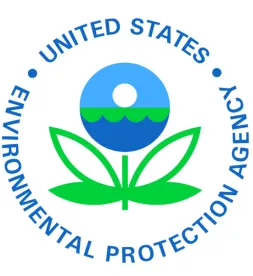On February 14, 2019, the U.S. Environmental Protection Agency (EPA) released its PFAS Action Plan. The Plan identifies immediate and long term actions EPA will take regarding per- and polyfluoroalkyl substances (PFAS).
EPA describes the Plan as:
"The PFAS Action Plan is the most comprehensive cross-agency plan to address an emerging chemical of concern ever undertaken by EPA. For the first time in Agency history, we utilized all of our program offices to construct an all-encompassing plan to help states and local communities address PFAS and protect our nation's drinking water. We are moving forward with several important actions, including the maximum contaminant level process, that will help affected communities better monitor, detect, and address PFAS."
Most significantly, EPA announced that it has initiated the regulatory development process to list two compounds, PFOA and PFOS, as CERCLA hazardous substances. This action is certain to expand the universe of potentially responsible parties with CERCLA liability and increase cleanup costs at CERCLA sites. EPA also indicated its intention to develop interim groundwater cleanup recommendations for PFOA and PFOS in 2019.
EPA is also moving forward with the Safe Drinking Water Act’s (SDWA) Maximum Contaminant Level (MCL) process for PFOA and PFOS by proposing a regulatory determination sometime in 2019. EPA will also evaluate whether a broader class of PFAS should be regulated in drinking water.
The Plan has significant potential to affect compliance obligations and costs, enforcement actions, and litigation for current and past manufacturers and users of PFAS.




 />i
/>i
